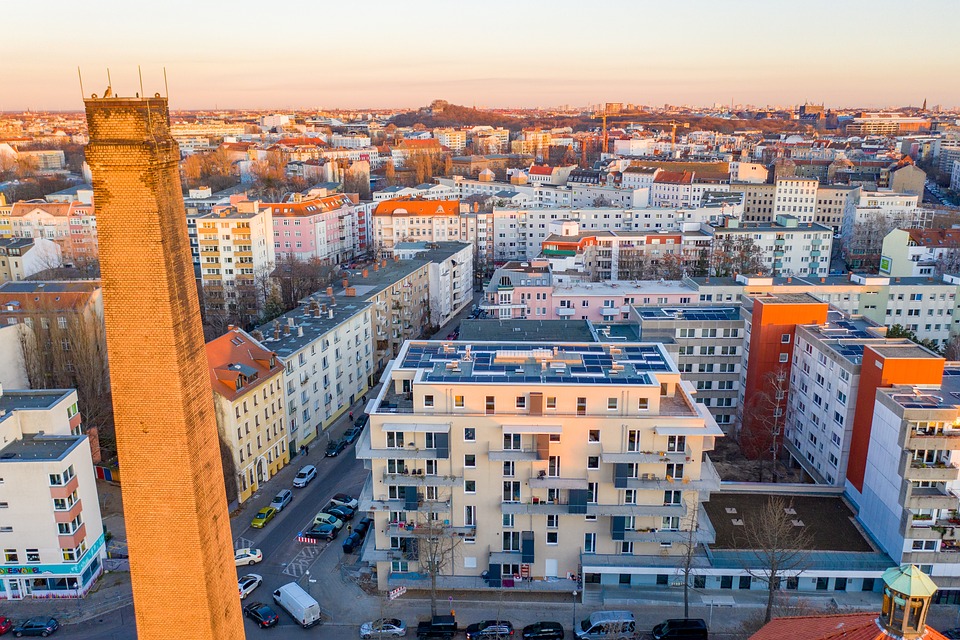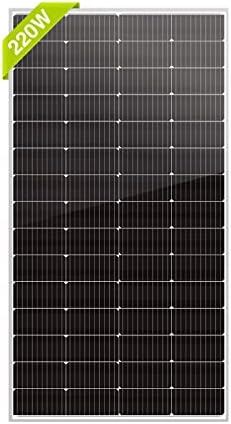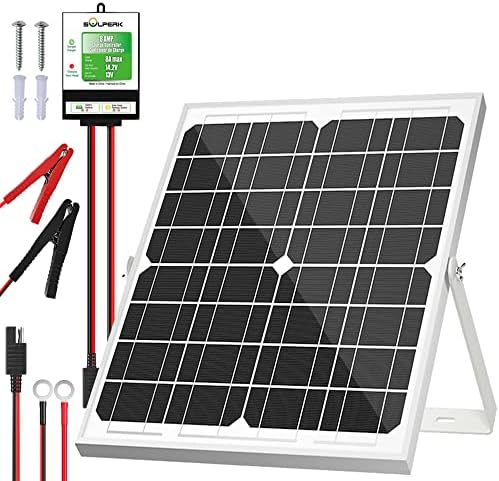## Decoding Solar Panel Prices: What You Need to Know Before Installing
When the sunlight first kissed my roof, I felt the promise of independence wrap around me like a warm blanket. That first day with my solar panels was exhilarating; I watched as the meter spun backward, the sun’s energy transforming into savings right before my eyes. But let me tell you, navigating the world of solar panel prices felt like decoding an ancient language. Price tags varied wildly, and understanding what I truly needed — both for my pocketbook and energy consumption — became an adventure worth sharing. Here’s a friendly guide to unraveling the mystery behind solar panel prices, sprinkled with some helpful insights to ease your own journey toward energy independence.
### Understanding Solar Panel Pricing
Before you can hop on the solar bandwagon, it’s essential to grasp what goes into the pricing of solar panels. The overall cost can fluctuate based on several factors, including the type of panel, installation costs, and local incentives.
1. **Types of Solar Panels**
The energy industry typically offers three main types of solar panels: monocrystalline, polycrystalline, and thin-film.
– **Monocrystalline Solar Panels**: These panels are made from single-crystal silicon and are typically the most efficient and costly option. Their sleek design and high efficiency make them a popular choice for residential use.
– **Polycrystalline Solar Panels**: Made from multiple silicon crystals, these panels are less efficient but more affordable. They tend to take up more space for the same energy output.
– **Thin-Film Solar Panels**: These panels are lightweight and flexible, making them easy to install, but they are less efficient than their crystalline counterparts. Costs can be lower, but you may require more roof space.
2. **Installation Costs**
Installation is where many prospective solar users stumble. It can account for anywhere from 10% to 30% of the total system cost. Be sure to get quotes from at least three installers to find a fair price. Ask questions like:
– What does the warranty cover?
– Are there additional costs for design and permitting?
– How long will the installation take?
3. **Location and Orientation**
Your geographical location significantly influences pricing and efficiency. For instance, homes in sunnier regions can generate more energy, which may offset the initial investment faster. Additionally, the direction your roof faces affects energy production; south-facing roofs maximize sun exposure, while east or west-facing roofs may generate less energy.
4. **Incentives and Rebates**
The government offers various incentives to encourage renewable energy use. Federal Tax Credit allows you to deduct a percentage of the cost of solar panels from your federal taxes. Depending on your state, you may also find local rebates that lower your upfront costs even further, which can lead to significant savings.
### The True Cost of Going Solar
So, what should you expect to spend? As a ballpark figure, homeowners typically pay between $15,000 and $25,000 for a residential solar power system before incentives. Let’s break this down further:
– **Average Cost Per Watt**: The national average cost per watt for solar panels hovers around $3-$4 (before tax credits and incentives). If you require a 6 kW system, that adds up to $18,000 – $24,000 before deductions.
– **Financing Options**: If upfront costs are a concern, financing options such as solar loans or leasing may suit your needs. Solar loans allow you to spread out payments while still enjoying the benefits of ownership, while leasing means you pay a fixed monthly rate to use the system without owning it.
### The Hidden Costs of Solar Panel Installation
It’s not all sunshine and rainbows. A few hidden costs could surprise you if you’re not prepared:
– **Maintenance Costs**: While solar panels require minimal maintenance, they aren’t entirely maintenance-free. Regular cleaning, especially in dusty or pollinated areas, is vital. Additionally, you may need to budget for potential inverter replacement after 5-15 years.
– **Roof Repairs**: If your roof is aged or in need of repairs, it’s wise to address these issues before installing solar panels. Installing panels on a compromised roof can lead to higher future costs.
– **Permitting and Inspection Fees**: Local governments often have specific codes and regulations surrounding solar installation. Ensure you account for any necessary permits or inspections required by your municipality.
### Pro Tips for Installing Solar Panels
Navigating the solar panel landscape can be a daunting process. Here are some pro tips to make your journey smoother:
1. **Shop Around**: Don’t settle for the first quote. Compare at least three different contractors to get a sense of your options and to negotiate pricing.
2. **Ask for Recommendations**: Seek out friends or family who have made the leap to solar. Their firsthand experience may prove invaluable when selecting a contractor and system type.
3. **Consider Monitoring Systems**: Investing in a solar monitoring system allows you to track your energy production. Real-time data helps you maximize efficiency and alerts you to any performance issues.
4. **Future-Proof Your System**: If you plan to expand your energy consumption (like adding an electric vehicle), ask your contractor about future-proofing your installation to accommodate possible expansions.
5. **Think Long-Term**: While costs may be significant upfront, solar energy often represents a long-term investment, typically paying for itself within 5-10 years through savings on your electricity bills.
### Conclusion: Is Solar Worth It for You?
Decoding solar panel prices and navigating the installation landscape can seem labyrinthine, but the rewards — from energy independence to reduced monthly bills — often outweigh the challenges. As the sun sets each day, reflecting on your decision to go solar can evoke a sense of accomplishment, knowing you’ve embraced sustainability while potentially increasing your property value.
In the end, don’t forget to trust your instincts. Knowledge is power, and with a little research and deliberation, you can transform your rooftop into a beacon of renewable energy that not only lights up your home but also shines a light on the path toward a sustainable future. Enjoy the adventure ahead, and may your solar journey be as bright as the sun itself!



